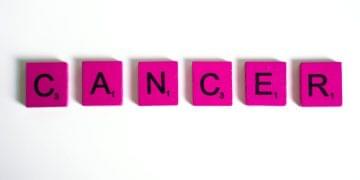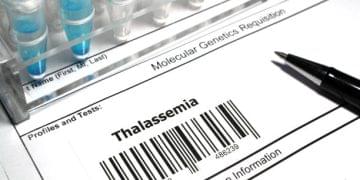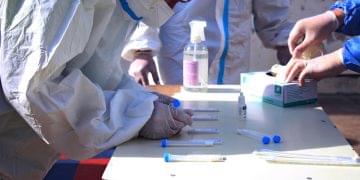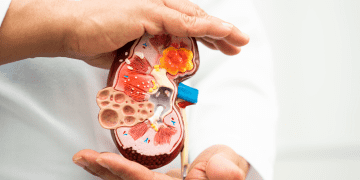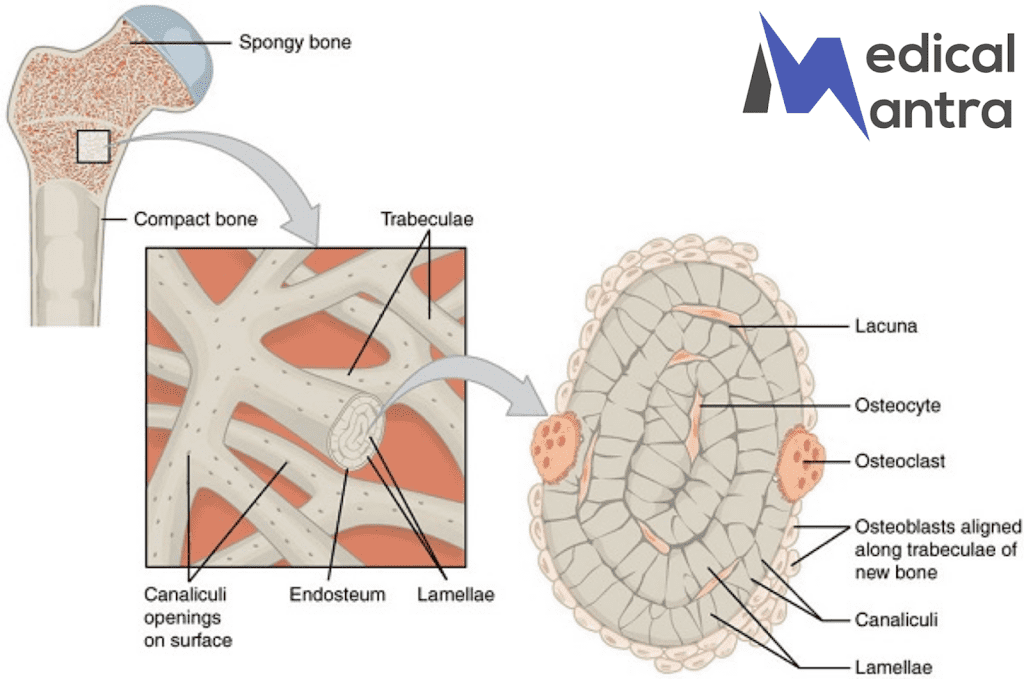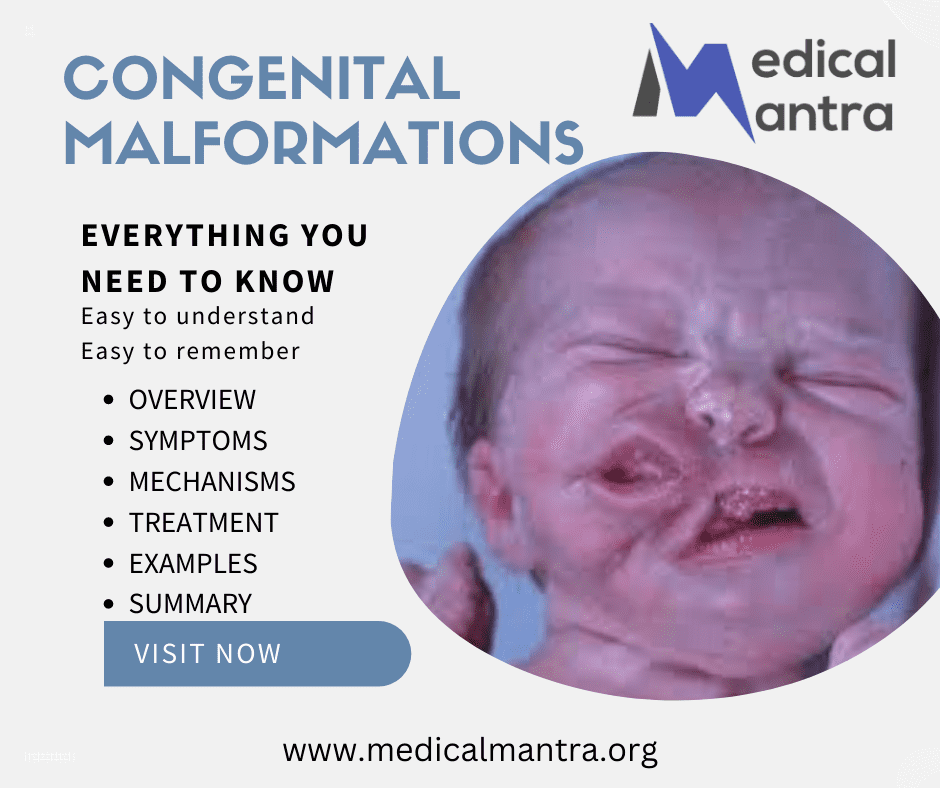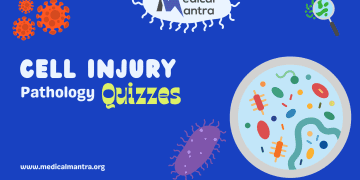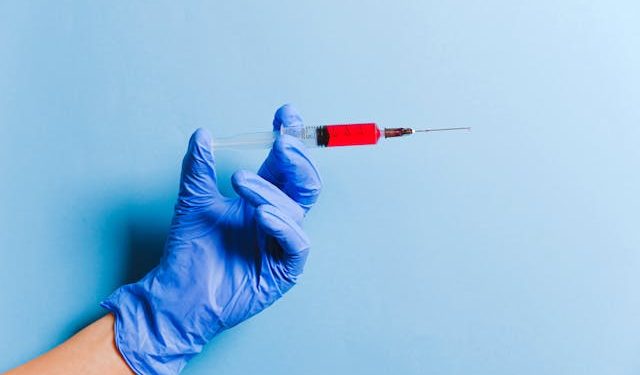Introduction
Blood pressure is lateral pressure exerted by moving a column of blood on the wall of a blood vessel, and is vital for delivering oxygen and nutrients throughout the body. When this pressure remains consistently high, it’s termed hypertension, a major risk factor for heart disease, stroke, and kidney problems
Hypertension is defined as a sustained increase in systolic blood pressure of 140 mm Hg or higher and/or a diastolic blood pressure of 90 mm Hg or higher at a resting state
Table of Contents
Types of Hypertension
There are two main types of hypertension:
- Primary (Essential) Hypertension: This is the most common form, with no identifiable underlying cause. It often develops gradually over years and is linked to lifestyle factors like diet, weight, and physical activity.
- Secondary Hypertension: This type has a specific cause, such as kidney disease, hormonal imbalances, or certain medications.
Classification of antihypertensive Drugs
Antihypertensive drugs can be broadly classified into four categories based on their mechanism of action:
1. Renin-Angiotensin-Aldosterone System (RAAS) Inhibitors:
These medications target various steps in the RAAS pathway, a hormonal system that regulates blood pressure.
- Renin Blockers: (Less common now) Block the production of renin, an enzyme that initiates the RAAS cascade. (e.g., Aliskiren)
- Angiotensin-Converting Enzyme (ACE) Inhibitors: Prevent the conversion of angiotensin I to angiotensin II, a potent blood vessel constrictor. (e.g., Lisinopril, Enalapril)
- Angiotensin II Receptor Blockers (ARBs): Block the action of angiotensin II at receptor sites, preventing blood vessel constriction. (e.g., Losartan, Valsartan)
- Aldosterone Blockers: Inhibit the production of aldosterone, a hormone that promotes salt and water retention, leading to increased blood pressure. (e.g., Spironolactone)
By interfering with the RAAS pathway, these drugs promote vasodilation (relaxation of blood vessels) and reduce blood pressure.
2. Diuretics:
These medications increase urine output, helping the body eliminate excess fluid and sodium, thereby lowering blood volume and blood pressure.
- Thiazides: The most common type of diuretic, they act on the distal convoluted tubule in the kidneys, increasing sodium and water excretion. (e.g., Hydrochlorothiazide, Chlorthalidone)
- Loop Diuretics: Act on the loop of Henle in the kidneys, causing significant excretion of sodium and water. They are more potent than thiazides and are used for rapid blood pressure reduction or in cases of kidney dysfunction. (e.g., Furosemide, Bumetanide)
3. Sympathetic Nervous System Blockers:
These drugs target the nervous system, which plays a role in regulating blood pressure.
- Ganglion Blockers: (Rarely used now) Block communication between nerves throughout the body, including those that control blood vessel constriction. (e.g., Trimethaphan)
- Adrenergic Neuron Blockers: Deplete norepinephrine, a neurotransmitter that causes blood vessel constriction. (e.g., Guanethidine)
- Alpha-2 Agonists: Stimulate alpha-2 receptors in the brain, leading to decreased sympathetic activity and lower blood pressure. (e.g., Clonidine, Methyldopa)
- Beta-Blockers: Block the action of norepinephrine on beta-adrenergic receptors in the heart, slowing heart rate and reducing the force of contraction, ultimately lowering blood pressure. (e.g., Metoprolol, Atenolol)
- Alpha-Blockers: Block alpha-adrenergic receptors in blood vessels, causing them to relax and dilate. (e.g., Prazosin, Doxazosin)
- Combined Alpha and Beta-Blockers: Act on both alpha and beta receptors, offering a broader effect on blood pressure control. (e.g., Labetalol, Carvedilol)
4. Vasodilators:
These medications directly relax blood vessel walls, leading to a decrease in peripheral resistance and lower blood pressure.
- Nitric Oxide (NO) Releasers: Increase the production of NO, a natural vasodilator, promoting relaxation of blood vessels. (e.g., Sodium Nitroprusside)
- Potassium Channel Openers: Open potassium channels in smooth muscle cells of blood vessel walls, causing relaxation and dilation. (e.g., Minoxidil)
- Calcium Channel Blockers: Inhibit calcium entry into smooth muscle cells of blood vessels and the heart, leading to relaxation and vasodilation. They are further categorized into different types like verapamil, diltiazem, and dihydropyridines (DHPs) based on their specific action within the calcium channel family. (e.g., Verapamil, Diltiazem, Amlodipine)
- D1 Agonists: Stimulate dopamine D1 receptors, causing vasodilation in the kidneys and reducing blood pressure. (e.g., Fenoldopam)
Management of hypertension
Hypertension management typically involves a combination of pharmacological and non-pharmacological approaches.
Pharmacological Management:
General Population (No diabetes or Chronic Kidney Disease):
For most patients without additional complications, first-line therapy often includes:
- Angiotensin-converting enzyme (ACE) Inhibitors or Angiotensin II Receptor Blockers (ARBs): These medications are generally well-tolerated and offer good blood pressure control by targeting the RAAS pathway. They also provide additional benefits in preventing heart disease and stroke. (e.g., Lisinopril, Losartan)
- Calcium Channel Blockers (CCBs), particularly Dihydropyridines (DHPs): DHP CCBs are another effective first-line option, especially for patients with conditions like angina (chest pain). They work by relaxing blood vessel smooth muscle, leading to vasodilation and lower blood pressure. (e.g., Amlodipine)
- Diuretics: Thiazide diuretics are sometimes used as first-line therapy, particularly in older adults or patients with salt sensitivity. However, they may cause electrolyte imbalances and are often used in combination with other drugs. (e.g., Hydrochlorothiazide).
Diabetes and/or Chronic Kidney Disease Patients:
For patients with diabetes or chronic kidney disease, specific considerations are needed:
- ACE Inhibitors or ARBs: These medications are particularly beneficial for these patients as they offer protection against kidney damage and progression of diabetic complications.
Non-Pharmacological Management (Lifestyle Modifications):
Lifestyle changes are crucial for everyone with hypertension, regardless of medication use. These include:
- Healthy Diet: Following a diet rich in fruits, vegetables, and whole grains while limiting salt intake can significantly impact blood pressure.
- Weight Management: Losing weight, if overweight or obese, can substantially lower blood pressure.
- Regular Exercise: Engaging in regular physical activity, such as aerobic exercise, helps improve blood pressure control.
- Smoking Cessation: Smoking cessation is essential, as smoking significantly increases blood pressure and cardiovascular risks.
- Stress Management: Techniques like meditation or yoga can help manage stress, which can contribute to high blood pressure.
- Limiting Alcohol Intake: Excessive alcohol consumption can raise blood pressure.

